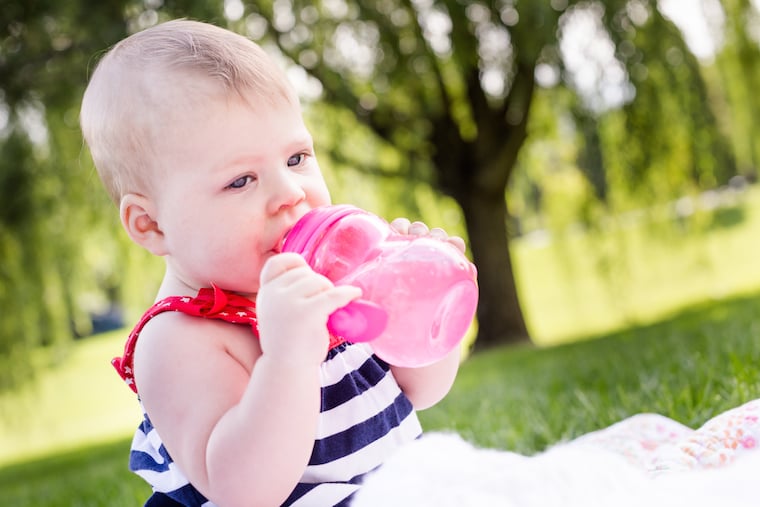BPA-Free Chemicals May Be More Harmful to Brain Development than BPA, New Study Finds

Think those BPA-free alternatives are any safer than bisphenol-A itself? A significant new study says BPA-free chemicals may cause brain damage and hyperactivity in children.
BPA, which has been banned in several countries and has been restricted in certain baby products in the U.S. since 2012, has been connected with a number of health conditions from metabolic syndrome to cancer. Manufacturers have voluntarily removed it from product packaging such as canned soups, replacing it with BPA-free alternatives like BPS—bisphenol-S.
But now, new research out of University of Calgary and published in the Proceedings of the National Academy of Sciences finds that low-dose exposure bisphenol-S may be more harmful than BPA, causing “abnormal growth surges of neurons in an animal embryo,” reports the Washington Post. “The same surges were also found with BPA, though not at the same levels as with BPS, prompting the scientists to suggest that all structurally similar compounds now in use or considered for use by plastic manufacturers are unsafe.”
The study looked at prenatal cellular activity in zebra fish exposed to BPS. The fish showed hyperactive behaviors after exposure. Surprisingly, the fish share 80 percent of their genes with humans, making them candidates for studying human brain development issues. The study authors noted more changes to male embryos, which they say links up with the increased number of neurodevelopmental disorders diagnosed in boys than girls.
“We know there’s a fourfold increase in autism between boys and girls,” lead author Deborah Kurrasch told the Post. “There are lots of possible explanations for that, but it is interesting to speculate since we do know small changes in hormone levels prenatally can have consequences on brain development.”
While BPA-free products are on the rise, BPA is still prominent in the environment. According to the Post, 90 percent of Americans will show traces of BPA in their body even though the chemical passes through quickly. And the authors suspect the same results will occur as BPA-free alternatives become more commonplace.
“A lot of the alternative chemicals have not been adequately tested because they don’t have to be,” Kurrasch told the Post. “A compound is considered safe (by the Food and Drug Administration) until proven otherwise.”
Find Jill on Twitter @jillettinger
Related on Organic Authority
That BPA-Free Label Isn’t as Safe as You Think
Study Finds BPA Exposure Connected to High Blood Pressure, FDA Maintains Its Safety
BPA and 22 Other Controversial Chemicals Focus of Forthcoming EPA Review
Image: Child with cup via Shutterstock

